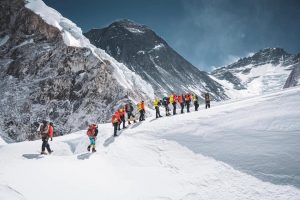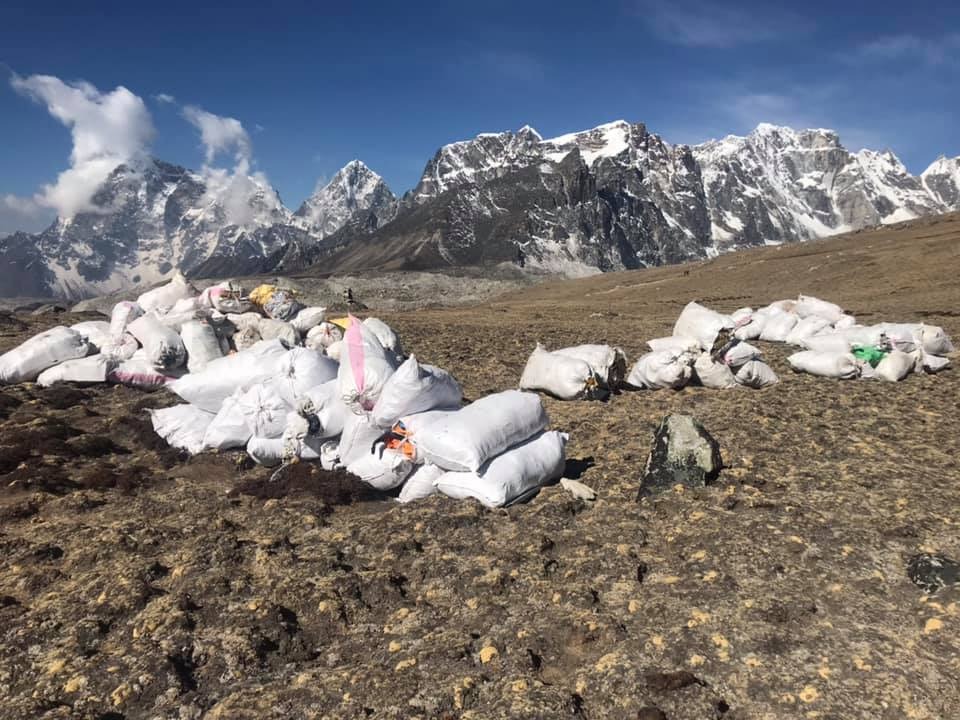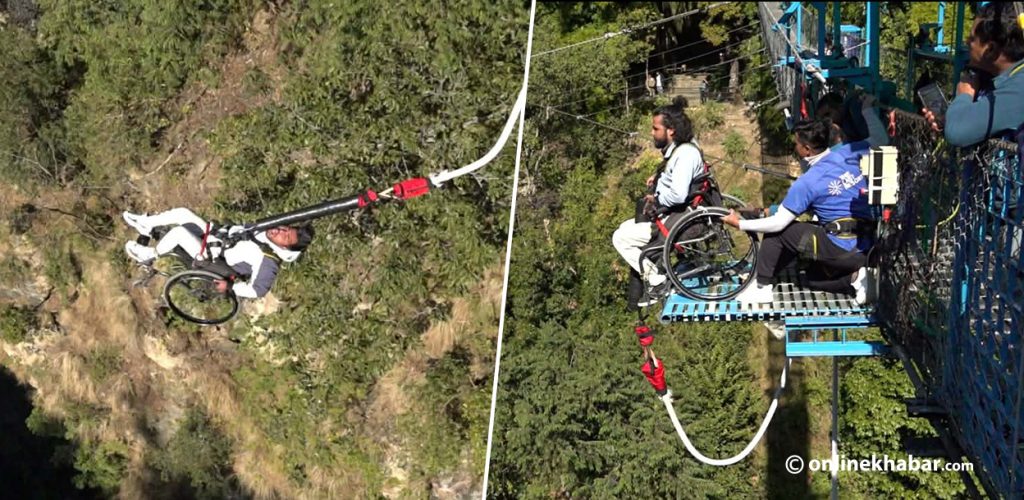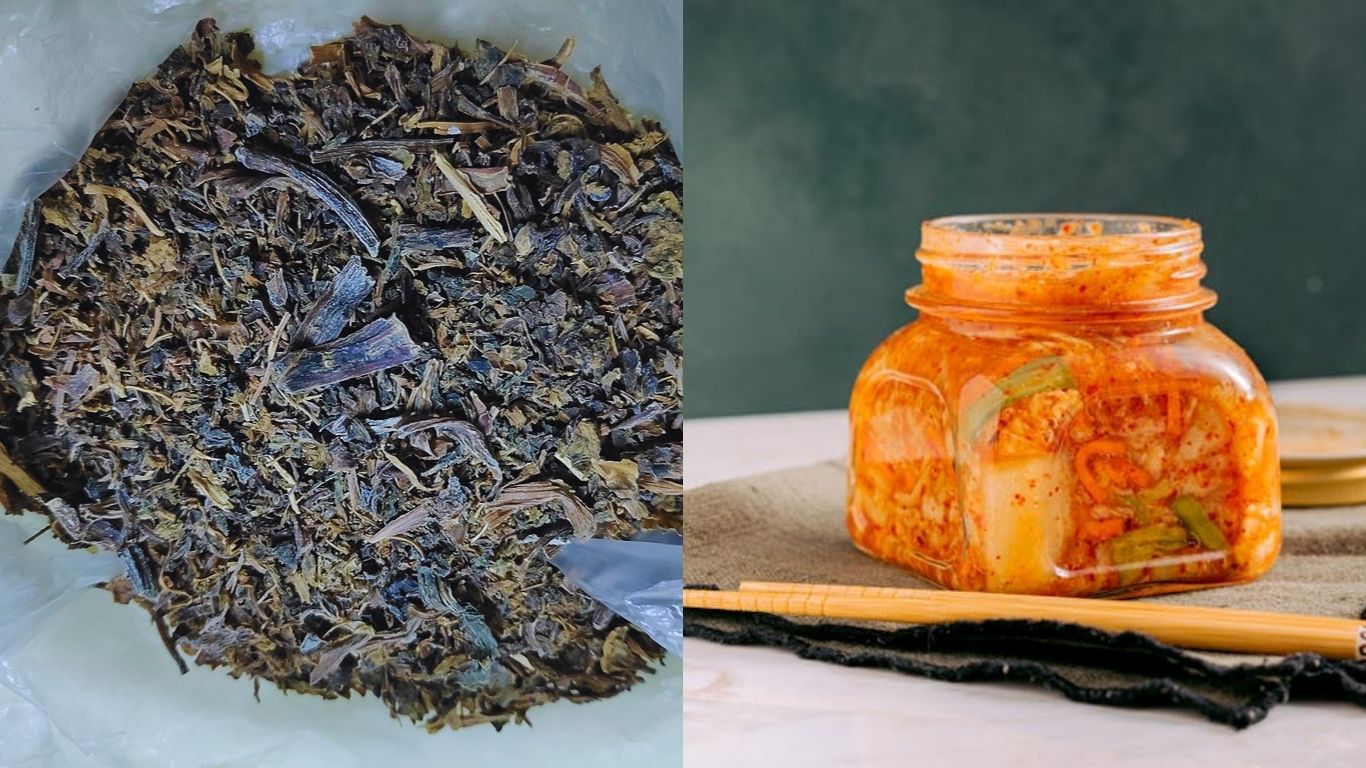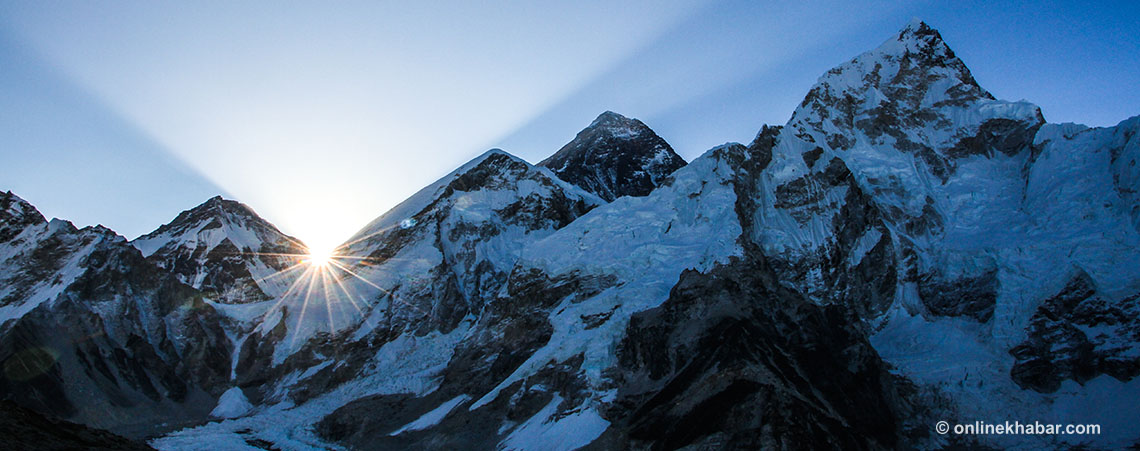
Mountaineers around the world are waiting. The highest mountain in the world will soon open for climbers as spring sets in on the Himalayas. On D-day, many climbers will first check their supplemental oxygen and then only start their climb to the top. The oxygen, for them, is their lifeline.
This was even the case for the famous New Zealander and his Sherpa companion when they set out to conquer the Top of the World in 1953. Both Hilary and Tenzin are believed to have had the provision of oxygen at 3-4 litres per minute to reach the summit of Everest.
But not every one of the 4,500 who climbed Everest achieved the feat carrying bottled oxygen on their back. According to unofficial figures, around 200 (less than five per cent) have summited the mountain without supplemental oxygen after the Italian alpinist Reinhold Messner achieved the feat in 1978. The numbers speak for themselves. It definitely is not easy to make it to the top without carrying ‘English Air’ (that’s what Sherpas call bottled oxygen). Around 8.3 per cent of mountaineers that reach the peak without oxygen die; the figure stands at 3 per cent for those who use bottled oxygen, according to a recent review of scientific work on Everest ascents without bottled oxygen.
The review says that the main challenge for summiteers who take on the task is environmental rather than technical, particularly in the final 300m of the ascent. “Trying to climb this way (without oxygen), even with previous altitude acclimatisation, entails a three-fold risk of death: Previous data indicates that 8.3% of mountaineers that reach the peak without using oxygen cylinders die, compared to the 3% of climbers that die whilst using them.
“Climbing to the highest height on Earth, the Mt. Everest (8.848 m), without supplementary oxygen equipment, involves a physiological demand that is close to the maximum human tolerance. Exposures at extreme altitudes drastically conditions lung function, stores of oxygen and physical performance,” says the study.
The study identifies hypoxia (deficiency in the amount of oxygen reaching the tissues) as one of the main reasons why successful ascent without bottled oxygen is so difficult.
“The lungs are one of the most affected organs at high altitude. Breathing and pulmonary circulation take on a decisive role in adapting to hypoxia, as they must ensure cell oxygen demands are met, and during physical exercise one of the most critical physiological states is reached. Likewise, the respiratory channel is directly exposed to the other harmful environmental altitude factors, such as low temperatures and relative humidity or the presence of ozone,” authors of the study added.
The low atmospheric pressure on the summit takes a toll on the body. At its peak, the atmospheric pressure (PB) is very low, (~43 mmHg) and under such conditions, it is difficult to take in oxygen. But during the hottest part of the year, the atmospheric pressure at the peak is greater (~251-255 mmHg). This means that each breath pulls in less than a third of the oxygen of a breath at sea level.
However, things work out fine until your pulmonary respiration is able to ensure the mitochondrial cell respiratory chain, the study says. Similarly, at high altitudes, the V/Q ratio (the amount of air reaching the alveoli per minute to the amount of blood reaching the alveoli per minute) is also disturbed, and this can be fatal.





